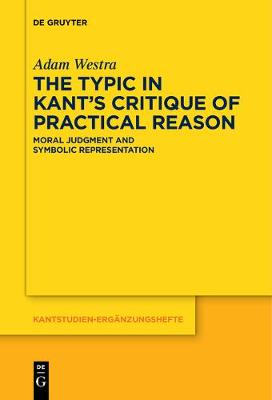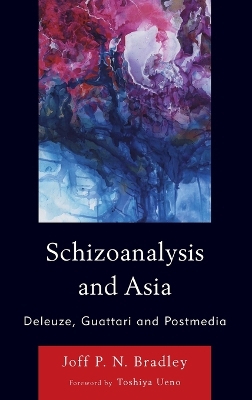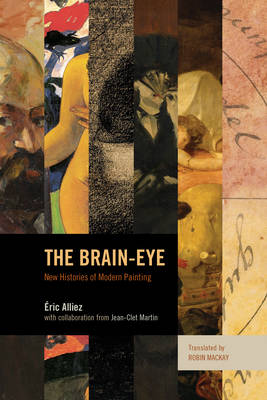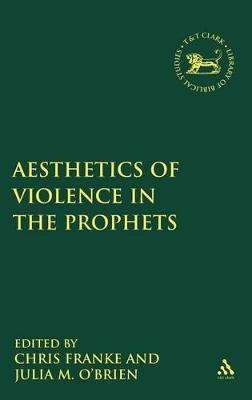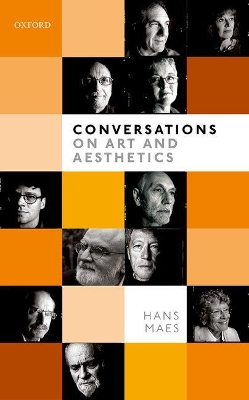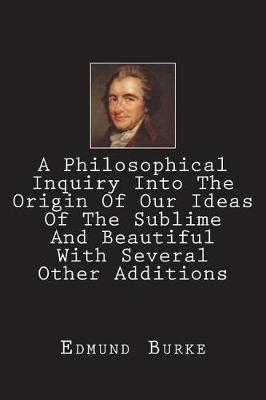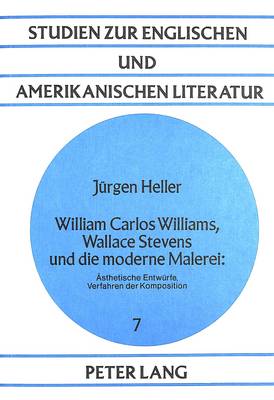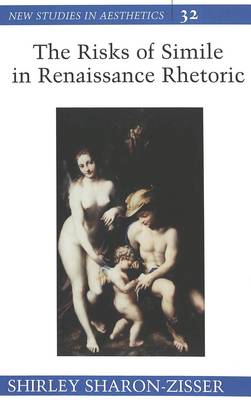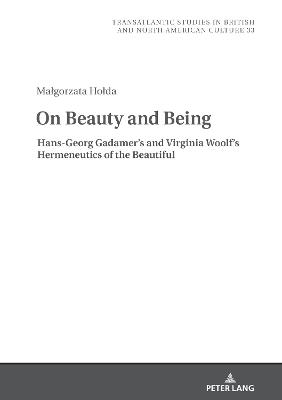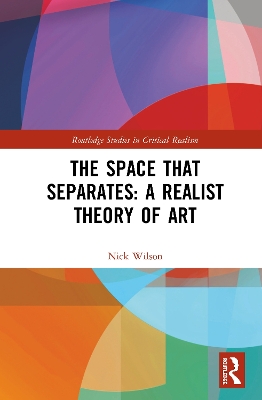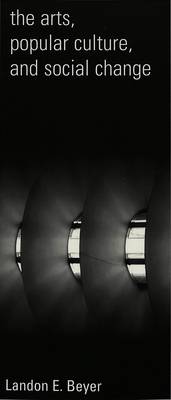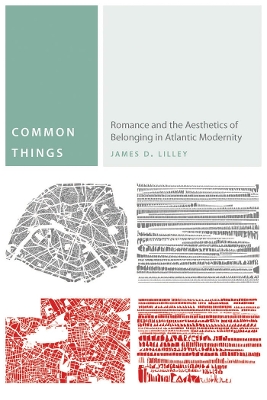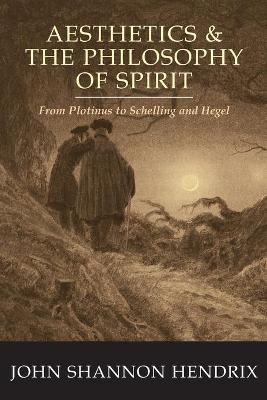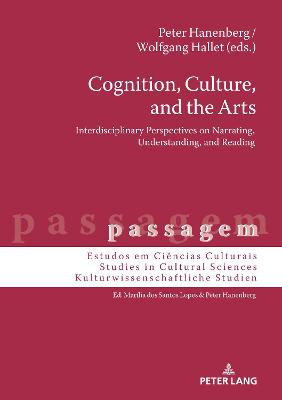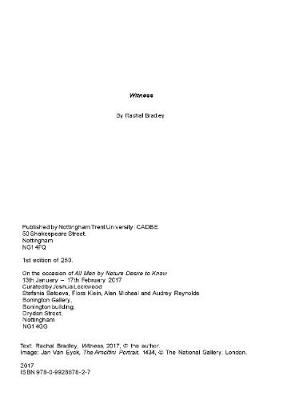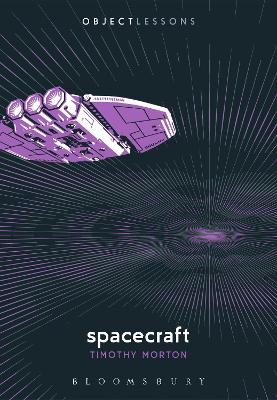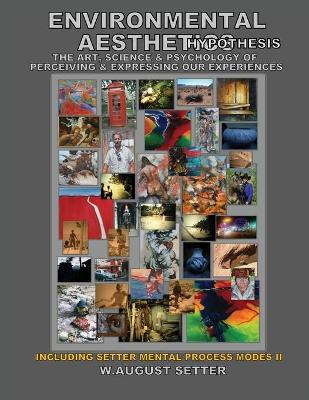The Typic in Kant's "Critique of Practical Reason" (Kantstudien-Erganzungshefte)
by Adam Westra
In a short chapter of the Critique of Practical Reason entitled "On the Typic of the Pure Practical Power of Judgment," Kant addresses a crucial problem facing his theory of moral judgment: How can we represent the supersensible moral law so as to apply it to actions in the sensible world? Despite its importance to Kant's project, previous studies of the Typic have been fragmentary, disparate, and contradictory. This book provides a detailed commentary on the Typic, elucidating how it enables mo...
This book is an update, extension and radicalization of Guattari’s philosophy of the postmedia. It is the first of its kind to comprehensively apply Guattari’s thought on postmedia to post-millennium technological developments. Given the considerable interest in Felix Guattari and Gilles Deleuze’s work and its influence in Asia and South-East Asia and beyond, the book is a timely contribution and update of Guattari’s essential concepts. It offers a fresh approach to applying Guattari and Deleuze...
A detailed and inventive study of the thinking at work in modern painting, drawing on a formidable body of scholarly evidence to challenge modernist and phenomenological readings of art history, The Brain-Eye presents a series of interlinked 'case studies' in which philosophical thought encounters the hallucinatory sensations unleashed by 'painter-researchers.' Rather than outlining a new 'philosophy of art,' The Brain-Eye details the singular problems pursued by each of its protagonists. Striki...
The Aesthetics of Violence in the Prophets (The Library of Hebrew Bible/Old Testament Studies, v. 517)
by Julia M O'Brien and Chris Franke
At the 2006 annual meeting of the Society of Biblical Literature, the Prophetic Texts in their Ancient Contexts section devoted a session to the theme "The Aesthetics of Violence." Participants were invited to explore multiple dimensions of prophetic texts and their violent rhetoric. The results were rich-- engaging discussion of violent images in ancient Near Eastern art and in modern film, as well as advancing our understanding of the poetic skill required for invoking terror through words....
What is art? What counts as an aesthetic experience? Does art have to beautiful? Can one reasonably dispute about taste? What is the relation between aesthetic and moral evaluations? How to interpret a work of art? Can we learn anything from literature, film or opera? What is sentimentality? What is irony? How to think philosophically about architecture, dance, or sculpture? What makes something a great portrait? Is music representational or abstract? Why do we feel terrified when we watch a hor...
A Philosophical Inquiry Into The Origin Of Our Ideas Of The Sublime And Beautiful With Several Other Additions
by Edmund Burke
William Carlos Williams, Wallace Stevens Und Die Moderne Malerei: (Studien Zur Englischen Und Amerikanischen Literatur,, #7)
by Jurgen Heller and Jeurgen Heller
Vor dem Hintergrund des ut-pictura-poesis Problems versucht diese Arbeit, am Beispiel ausgewahlter Gedichte des Objektivisten W.C. Williams und des Symbolisten W. Stevens die Moglichkeit eines Vergleichs von Malerei und Lyrik aufzuzeigen. Verglichen werden dabei die jeweils medienspezifische Handhabung, Reflexion und Abanderung konventionalisierter Seh- und Darstellungsweisen, so dass medienubergreifende Strukturen, analoge Kompositionsverfahren und verwandte asthetische Uberlegungen sichtbar we...
The Risks of Simile in Renaissance Rhetoric (New Studies in Aesthetics, #32)
by Professor Shirley Sharon-Zisser
What discussions from philosophy should be brought to the aesthetics of dance? Approaches to philosophical aesthetics for dance should consider the various agencies of dance-maker (the choreographer), dance-instantiator (the dancer), and observer and commentator on dances (dance-audiences, but also dance critics). Here, Graham McFee builds on his previous works (Understanding Dance [Routledge, 1992]; The Philosophical Aesthetics of Dance [Dance Books, 2011]) to offer a framework for philosophica...
The book is an exploration of the affinities between Hans-Georg Gadamer's philosophical hermeneutics and Virginia Woolf's philosophy of beauty and Being embodied in her oeuvre. The study addresses beauty as a mode of being rather than a mere adornment of human existence. Tracing Plato's legacy in the two authors, it espouses the proximity of truth and beauty, and argues for beauty's restorative capacity discerned in the repetitive patterns of the universe. Showing the poetics of Gadamer and Wool...
Die -Schoene Seele- Und Ihre -Sittliche Wirklichkeit- (Muenchener Studien Zur Literarischen Kultur In Deutschland, #1)
by Karlheinz Well
Hegels enzyklopadische Philosophie bezieht asthetische Politik und politische Asthetik aufeinander: die Kunst wird politisch, indem sie sich an der Transformation der vorburgerlichen Gesellschaftsformen in die Moderne beteiligt. Ihr Resultat ist die Herausbildung der modernen Subjektivitat, wie sie sich fur Hegel in der vollendeten Gestalt des Staates der Rechtsphilosophie artikuliert. Der von Hegel konzipierte selbstbewusste Staat der Sittlichkeit ist allerdings selbst asthetisches Produkt eine...
The Space that Separates: A Realist Theory of Art (Routledge Studies in Critical Realism)
by Nick Wilson
The Space that Separates: A Realist Theory of Art radically challenges our assumptions about what art is, what art does, who is doing it, and why it matters. Rejecting the modernist and market-driven misconception that art is only what artists do, Wilson instead presents a realist case for living artfully. Art is defined as the skilled practice of giving shareable form to our experiences of being-in-relation with the real; that is to say, the causally generative domain of the world that extends...
The Arts, Popular Culture, and Social Change (Counterpoints, #142)
by Landon E. Beyer
What are the relationships between the books we read and the communities we share? Common Things explores how transatlantic romance revivals of the eighteenth and nineteenth century influenced—and were influenced by—emerging modern systems of community. Drawing on the work of Washington Irving, Henry Mackenzie, Thomas Jefferson, James Fenimore Cooper, Robert Montgomery Bird, and Charles Brockden Brown, the book shows how romance promotes a distinctive aesthetics of belonging—a mode of being in c...
Science fiction is filled with spacecraft. On Earth, actual rockets explode over Texas while others make their way to Mars. But what are spacecraft, and just what can they teach us about imagination, ecology, democracy, and the nature of objects? Why do certain spacecraft stand out in popular culture? If ever there were a spacecraft that could be detached from its context, sold as toys, turned into Disney rides, parodied, and flit around in everyone’s head—the Millennium Falcon would be it. Spr...
